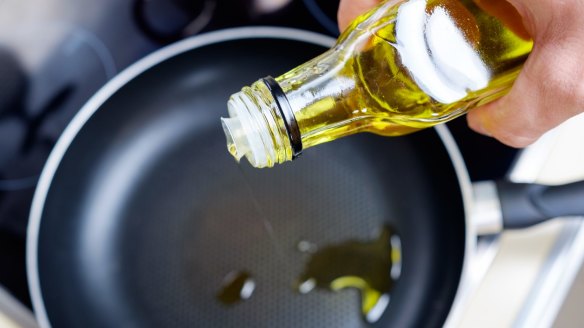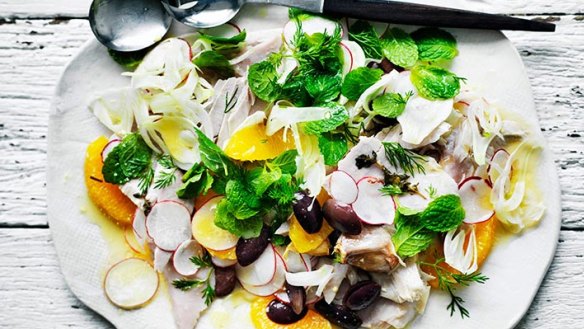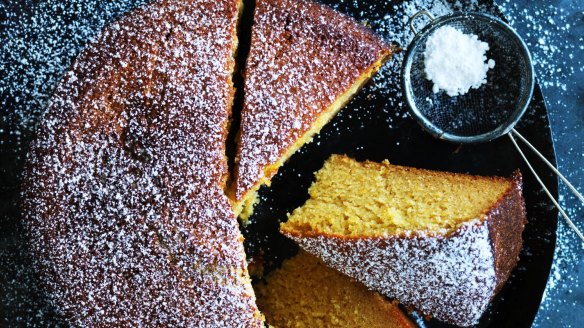A guide to understanding olive oil

There's a reason olive oil is a favourite eating and cooking oil.
Made from the oil of pressed olives, it's a relatively healthy fat, full of antioxidants and high in monounsaturated fatty acids, which help lower your "bad" LDL cholesterol.
Olive oils are graded by their level of acidity. Here are the different types:
- Extra-virgin is the most prized, and expensive. It's made from the first cold pressing of the olives, without any additional heat, refining or processing. With an acidity level of no more than 0.8 per cent, it's generally not used for cooking but rather for dipping, drizzling and salad dressings.

- Ultra premium extra-virgin, a relatively new category of olive oil, is even less acidic (as low as 0.23 percent) and is considered a finishing oil. It tastes clean and fresh on the palate.
- Virgin olive oil also is cold-pressed and free of refined oils, but it's more acidic than EVOO (less than 2 percent) and is a little lighter in taste. It's also good for drizzling and cooking so long as you're sauteing or making sauce and not deep-frying.
- Pure olive oil (less than 3.3% acidity) is a blend of virgin and refined olive oils. It's got a little bit of flavour and is a good all-purpose oil for frying, cooking, grilling and baking.

- Extra-light doesn't mean the oil has less calories or fat, but rather a lighter colour, odour and neutral flavour. That's because it has been refined using heat. It has a higher smoke point (the temperature at which an oil starts to burn and smoke) and can stay on the shelf longer. But it's of lesser quality and meant for those who don't want any olive flavour.
Whatever you choose, only buy as much as you'll use relatively quickly. Unlike wine, olive oil is best when it's fresh. (Good olive oil will have a pressing date or "best by" date on the label.) It should be used within two years and stored in a dark, cool spot. Dark bottles are better than clear bottles, and if you buy it in an aluminium can, transfer it into a glass container. Always put the cap back on and tightly seal the bottle; olive oil starts to degrade once it's exposed to air.
Also, know that labels can be deceptive. "Product of" doesn't mean the olives were grown in that country or pressed there, just that it was put into containers there.
Pittsburgh Post-Gazette